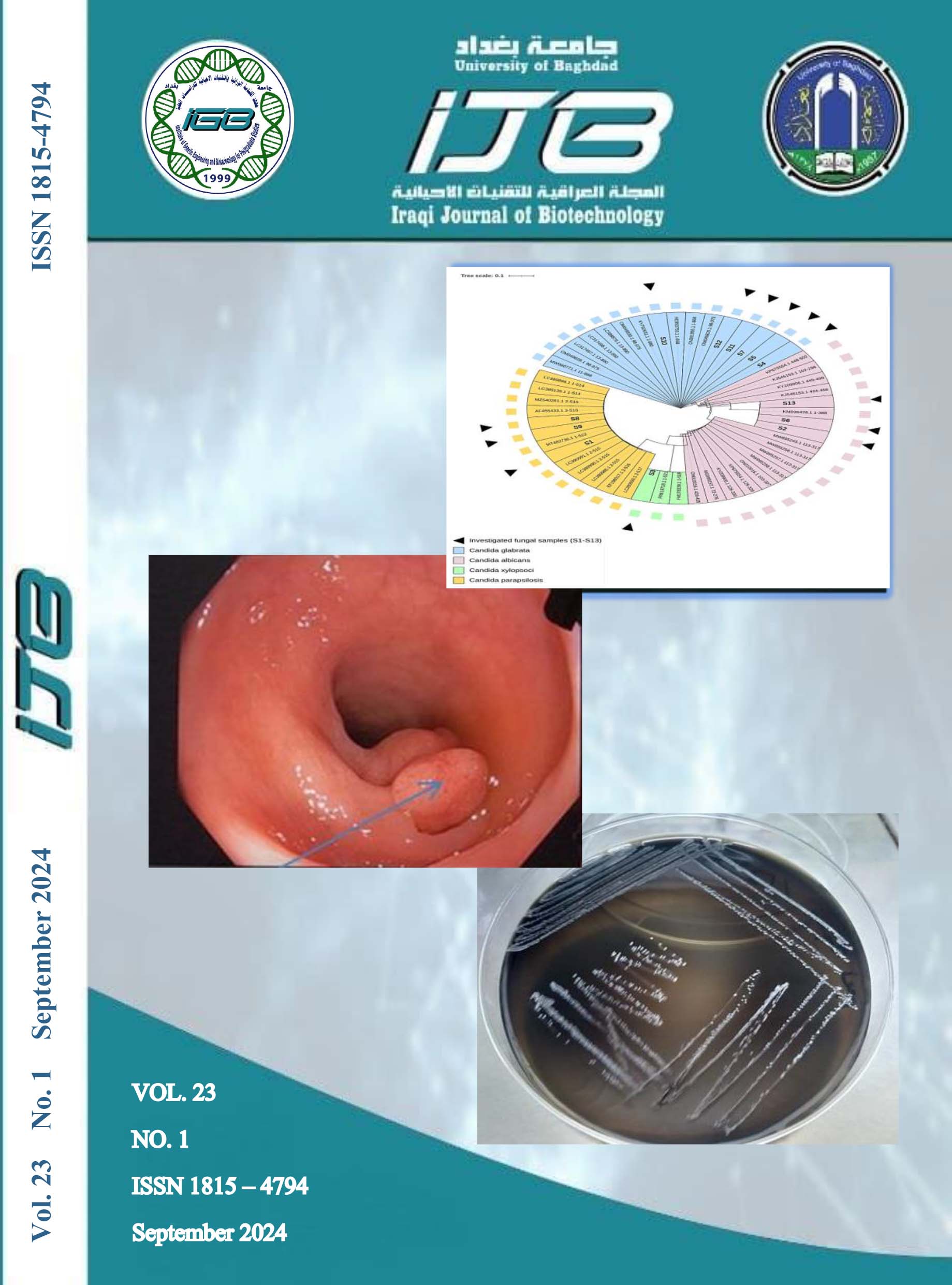Circulating Interleukin 37 and the Chemokine CXCL9 Studies on Gastroduodenal Disorders with H. pylori Infection
Abstract
The ability of the bacterium Helicobacter pylori to survive in a gastric environment causes gastroduodenal disorders (GD) due to its virulence factors. The aim of the study host cell recognizes bacterial shape and pathogen-associated molecular patterns (PAMPs) by toll-like receptors (TLRs), which trigger the immune system. The study involved 165 patients diagnosed with gastroduodenal disorders and 32 healthy individuals, the patients attended the Gastroenterology Teaching Hospital and a private clinic during the period from April 2021 to January 2023. The physicians diagnosed them with gastritis, peptic ulcers, and gastric cancer by OGD. The IL37 and CXCL9 level in sera were measured by ELISA. This study aimed to find the effect of age, gender and blood group on the susceptibility of GD related to H. pylori and its effect on interleukin 37 and chemokine CXCL9. The current findings confirm that GD affects the elderly and males more than young people and females. The susceptibility increases with the ABO phenotype and the O+ blood group exhibited the highest incidence of GD. A significant increase in IL37 and CXCL9 levels in patients’ serum compared with the healthy group was reported. The IL37 concentration in gastritis, peptic ulcer, and gastric cancer, and the healthy group was as follows: 637.3 ± 125.3, 598.7 ± 158.2, 177.06 ± 67.49, and 127.08 ± 13.41, respectively. While the concentration of CXCL9 level in serum in patients suffering from gastritis, peptic ulcer, gastric cancer, and healthy individuals was as follows: 586.06 ± 701.47, 589.94 ± 778.86, 364.16 ± 215.08, and 111.85 ± 54.28, respectively. The peptic ulcer group was the highest among the others, followed by the gastritis group and gastric cancer. It was concluded that significant relationship between the biomarkers (IL-37 and CXCL9) and gastroduodenal disorder patients in patients with H. pylori-infected especially gastritis and peptic ulcers.


